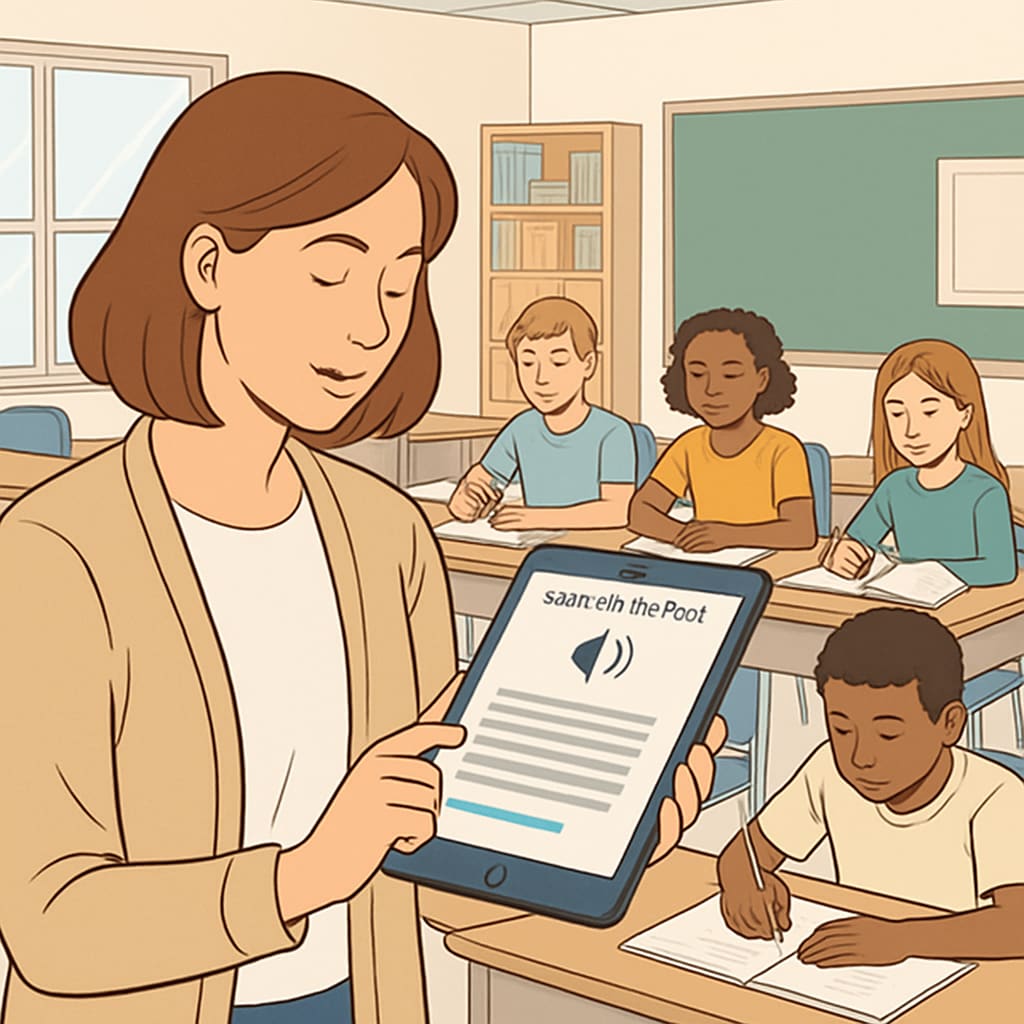In modern K-12 education, teachers face overwhelming administrative burdens, from grading assignments to crafting detailed lesson plans and managing communication with parents. Enter WillowVoice, a cutting-edge speech-to-text solution that is transforming how teachers work. By automating tedious documentation tasks, WillowVoice allows educators to focus on what truly matters—providing quality education to their students. This article explores how this technology is reshaping teacher workflows and enhancing productivity across the board.

Streamlining Administrative Tasks with Speech-to-Text Technology
One of the biggest challenges teachers face is the amount of paperwork required to meet administrative demands. From creating individualized education plans (IEPs) to documenting student progress, these tasks can consume hours of a teacher’s day. WillowVoice leverages speech-to-text technology to simplify these processes. Teachers can dictate notes, reports, and feedback, which are then transcribed into text instantly and accurately.
This not only saves valuable time but also reduces the risk of errors commonly associated with manual data entry. For example, a teacher preparing an IEP can use WillowVoice to streamline the documentation process, ensuring compliance with educational standards while maintaining focus on the student’s needs.
Improving Communication with Parents and Administrators
Effective communication is critical in education. Whether it’s responding to parent inquiries, updating administrators, or providing student feedback, teachers often spend a significant amount of time crafting emails or reports. WillowVoice simplifies these interactions by enabling teachers to dictate messages in natural language, which are then converted into professional, formatted text. This enhances the clarity and speed of communication while freeing up time for other responsibilities.
For example, a teacher can quickly dictate a weekly update for parents, summarizing class activities and individual student progress. This not only improves transparency but also strengthens the teacher-parent relationship.

Enhancing Lesson Planning and Student Feedback
Lesson planning is another area where speech-to-text technology offers significant benefits. With WillowVoice, teachers can brainstorm ideas, outline lessons, and even draft full plans while on the go. The tool seamlessly converts spoken ideas into organized text, making it easier for educators to refine and execute their plans.
Additionally, providing detailed student feedback becomes more efficient. Teachers can verbally assess a student’s performance, and WillowVoice will transcribe the feedback into a structured format. This ensures that students and parents receive high-quality, actionable insights without adding to the teacher’s workload.
Transforming the K-12 Educational Landscape
WillowVoice is more than just a time-saving tool; it’s a game-changer for education. By automating routine tasks, it empowers teachers to focus on fostering student growth and creativity. Moreover, the technology promotes inclusivity by making it easier for teachers to accommodate diverse learning needs and maintain consistent communication with all stakeholders.
As K-12 schools increasingly adopt technology to enhance learning outcomes, tools like WillowVoice are leading the charge in creating a more efficient and effective educational environment. The potential applications are vast, from simplifying administrative tasks to enabling personalized learning experiences.
In conclusion, speech-to-text technology, exemplified by WillowVoice, is revolutionizing teacher workflows. By reducing administrative burdens, improving communication, and enhancing lesson planning, this innovative tool allows educators to prioritize their core mission: teaching and inspiring the next generation.
For more information on speech-to-text technology, visit Speech Recognition on Wikipedia or explore its applications in education on Education on Britannica.
Readability guidance: Content is structured with clear headings and concise paragraphs. Transition words like “for example,” “however,” and “in addition” ensure a smooth reading flow. Bullet points or lists can be added to summarize key benefits, if needed.


